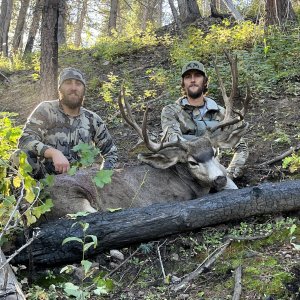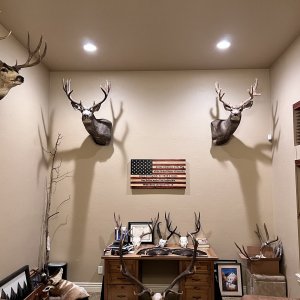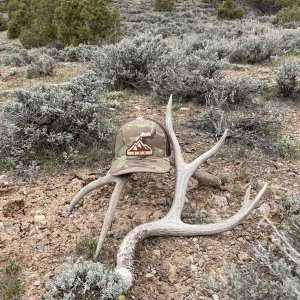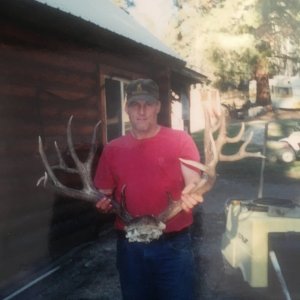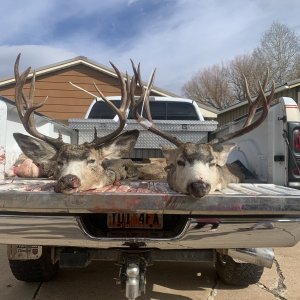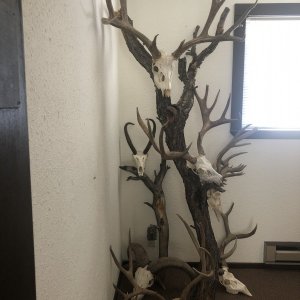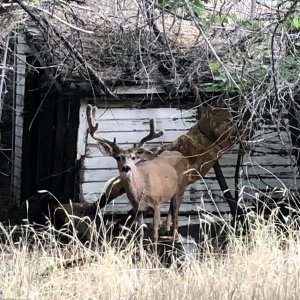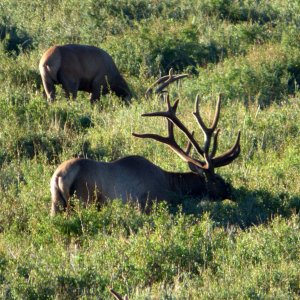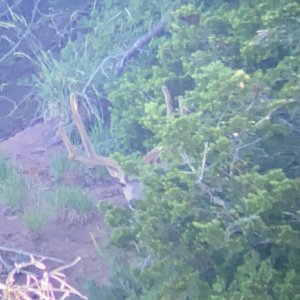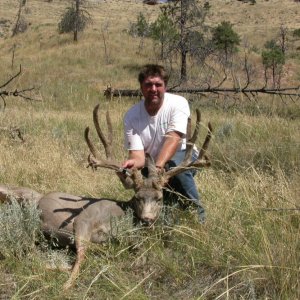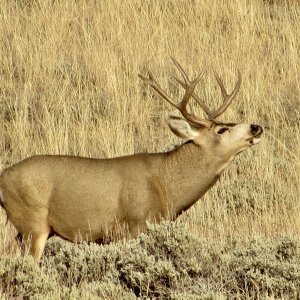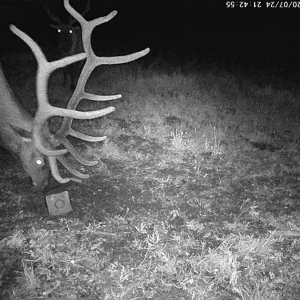I will admit that from time to time transplanting animals has worked (obviously from where some herds are today -Santa Rosa Island- elk in the west, and tule elk which is a great example of transplanting animals). The first several attempts at relocating tule elk killed every single one (cowboys on horseback, roping, etc). There are basically several phases of possible mortality with wildlife in the entire capture process. Initial mortality (bad dart hit, broken neck or any injury during actual capture attempt), then you have the potential for capture myopathy, bloat, exposure, heart failure, etc. Next is post release mortality. Many animals may have sustained some type of injury during capture and now this inhibits their ability to find food, water, etc. Capture related stress can stil affect animals at this point. Even not knowing the terrain can lead to death. I had an elk walk off a 200 foot cliff a couple days after release.
Animals can be moved but there will be mortality and if you do not pay attention to why past releases failed you are doomed to repeat it. Animals put into a new area do not know where the esacape cover is, food is, water is, good fawning ground, the list goes on. This is all exaggerated with a migratory herd. Elk are pretty good at encorporating others into the group. The exception seems to be adult bulls. Tule elk have done great because we are either relocating them into brand new areas with no other elk to compete with or augmenting existing elk groups which are not at carrying capacity (and trying to diversity the low genetic variation). Tule elk are pretty much non migratory and have mild weather so many times they have done well.
Many deer attempts have failed over the past and one should look at those failures to see why they did not work. It always sounds like a good idea but if the scenario you are setting up has been tried numerous times and failed you have to ask what is different this time? If I am putting these animals here do I think they will actually survive or is it strictly a feel good scenario and I am hoping for the best? Why are the population of animals currently here not doing well?
Every day I drop a hammer on my foot it hurts,I have to ask myself why I keep dropping the hammer on my foot. Something has to change, either I move my foot or drop a sponge. I have no clue as to the specifics of this particular transplant, I am just trying to add some information and things to think about to people who may not know what is involved. We keep records of all animals captured, where they went, survival rates, etc. We have gotten fairly good at it. But to do it and do it right with the animals welfare in mind does not come cheap. You have to plan for the worst, maybe I only need two people (if everything goes well) but I bring four in case that animal gets in a situation I need more people to deal with. To not be prepared for such events is asking for trouble. I look at it like "what could possible go wrong" and many times it does.
My quick thoughts
Joe


